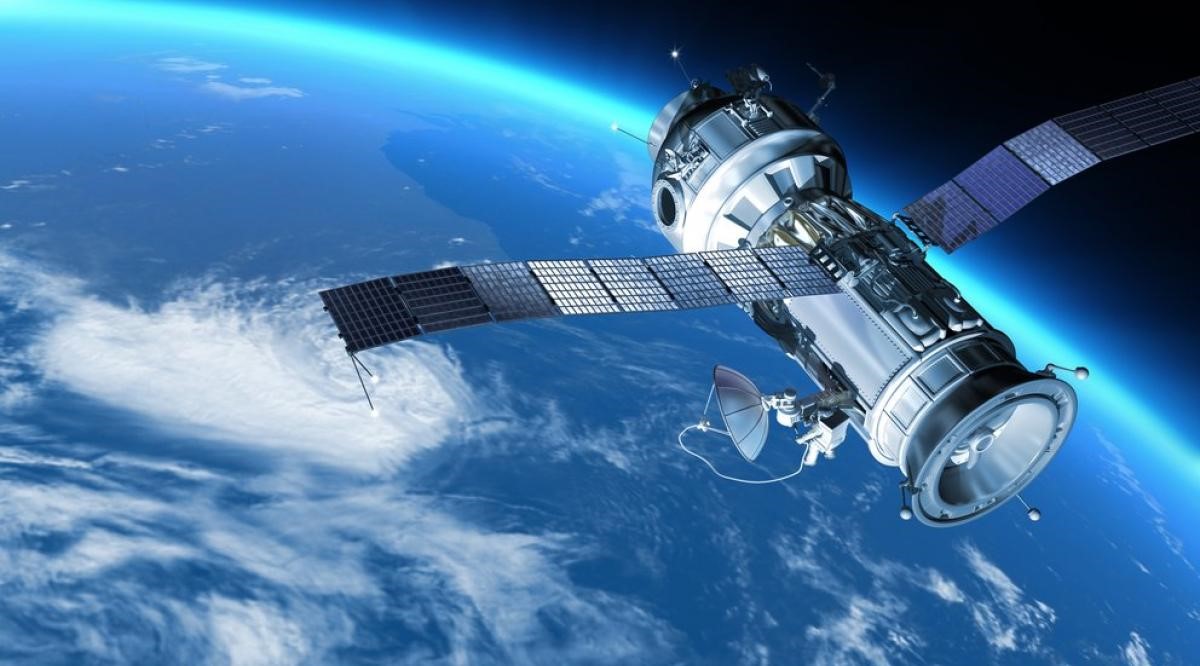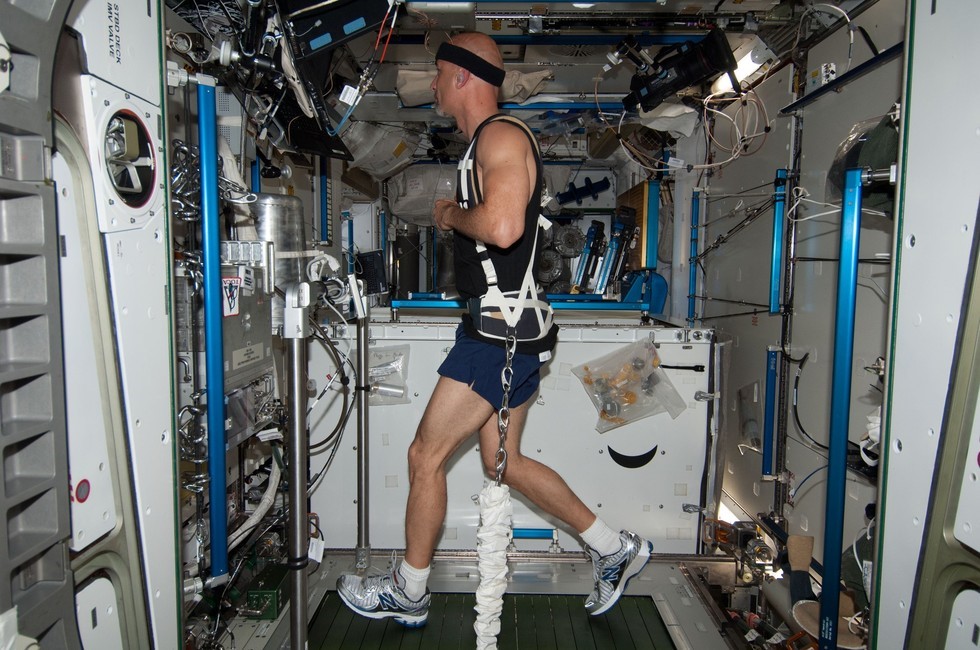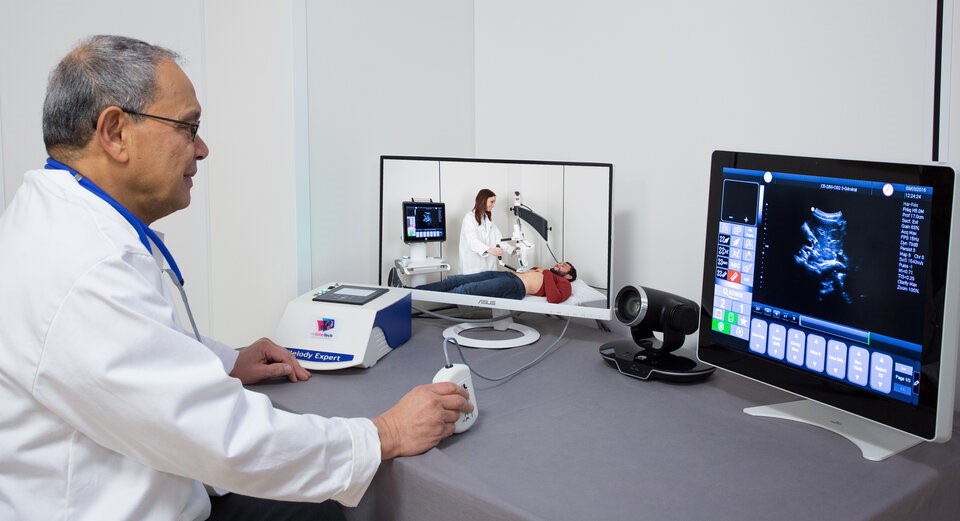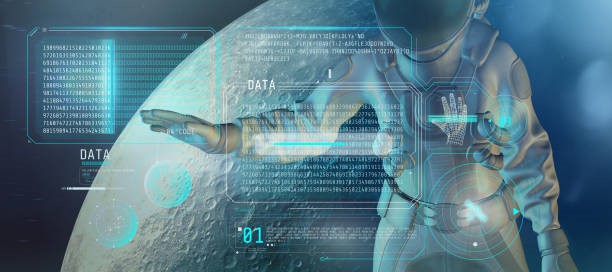Advanced Medical Facilities
Developing advanced medical facilities in space will be essential to handle emergencies and conduct medical procedures. Future space stations and habitats will be equipped with state-of-the-art medical equipment, including surgical suites, diagnostic imaging systems, and 3D printing for medical supplies. Autonomous medical robots may assist with minor procedures and medical care.
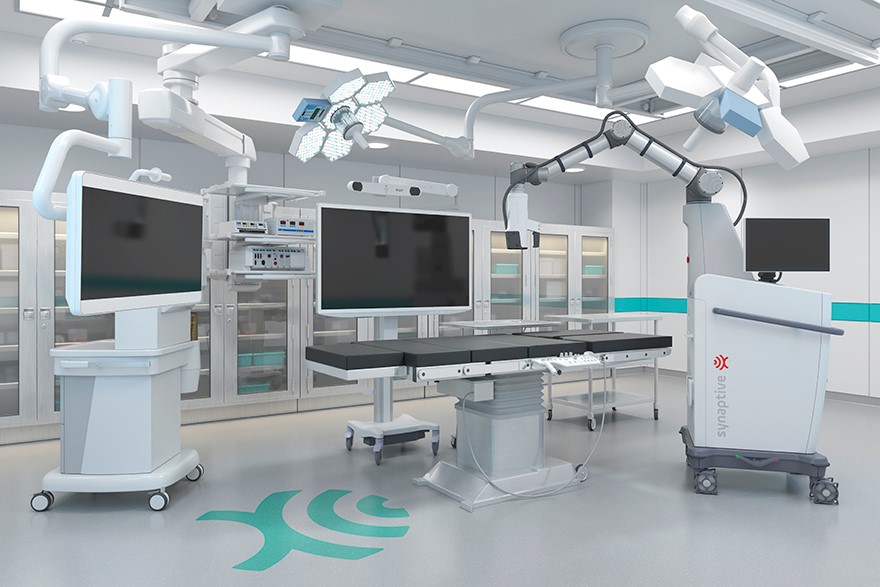
Figure 1. Advanced Medical Facilities
Figure 1 shows Advanced medical facilities are essential components of space missions, providing the necessary medical care and support for astronauts during their journeys beyond Earth.
Space travel exposes astronauts to microgravity, radiation, and isolation, causing changes in their bodies similar to aging or a sedentary lifestyle. Scientific experiments on astronauts in space provide valuable insights into medical conditions on Earth, particularly cardiovascular disorders, Type 2 diabetes, osteoporosis, and balance problems. The research findings have practical applications in improving healthcare and treatments for these conditions on Earth.[1]
Here are some key features of advanced medical facilities in space:
Onboard Medical Expertise: Space missions typically have trained medical professionals, such as physicians or astronauts with medical training, who can provide immediate care and handle medical emergencies.
Telemedicine and Remote Consultations:Advanced medical facilities on spacecraft and space stations are equipped with telemedicine capabilities, allowing real-time communication with medical experts on Earth. This enables remote consultations and guidance for complex medical cases.
Diagnostic Imaging: Medical imaging equipment, such as ultrasound machines and portable X-ray devices, allows for the diagnosis of injuries, fractures, and other medical conditions during space missions.
Surgical Suites: In case of emergencies or the need for minor surgical procedures, advanced medical facilities may have small surgical suites equipped with the necessary tools and equipment.
Pharmacy and Medication Management: Space missions require a well-stocked pharmacy with a variety of medications and medical supplies to address various health conditions and emergencies.
Rehabilitation Equipment: After returning to Earth, astronauts may undergo rehabilitation programs in space, and advanced medical facilities offer specialized equipment for this purpose.
Monitoring Devices: Advanced medical facilities are equipped with state-of-the-art monitoring devices that continuously track astronauts' vital signs, such as heart rate, blood pressure, and oxygen levels.
Health Data Management: Integrated electronic health record systems manage astronauts' medical data, providing a comprehensive and accessible medical history for healthcare professionals.
In-Flight Research Capabilities: Advanced medical facilities support research on the effects of space travel on human health, contributing to a better understanding of space-related medical challenges.
Emergency Evacuation Plans: Advanced medical facilities have protocols in place for emergency evacuations and return to Earth if medical conditions require urgent attention beyond what the onboard capabilities can provide.
These advanced medical facilities play a critical role in ensuring the safety and well-being of astronauts during space missions, providing them with the necessary medical support and care for their unique healthcare needs in the challenging environment of space.
References:
- https://www.asc-csa.gc.ca/eng/about/everyday-benefits-of-space-exploration/improving-health-care.asp
Cite this article:
Janani R (2023),The Future of Space Medicine: Healthcare for Astronauts, Anatechmaz,pp 5


